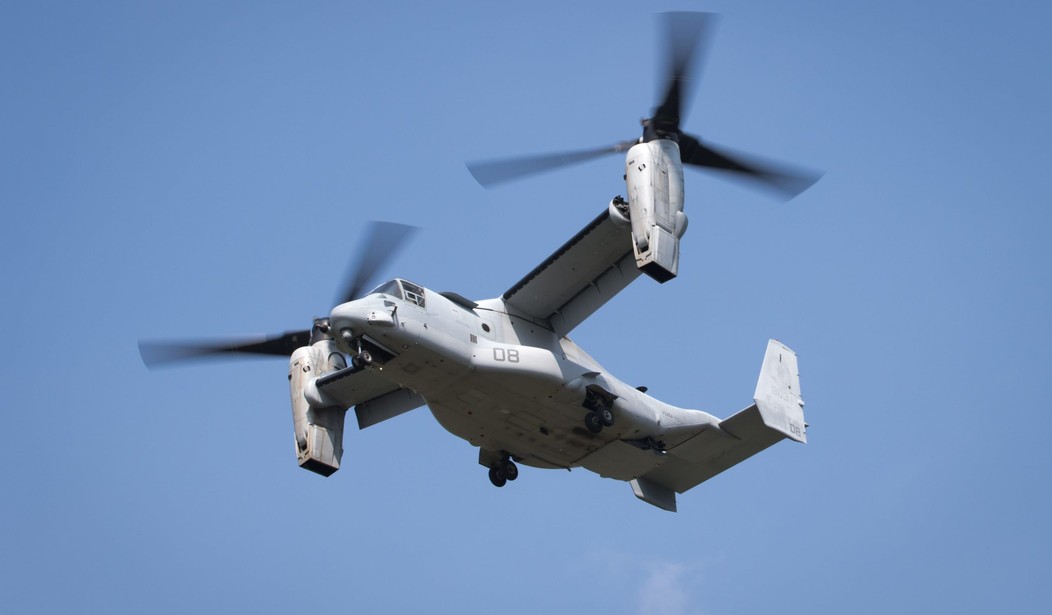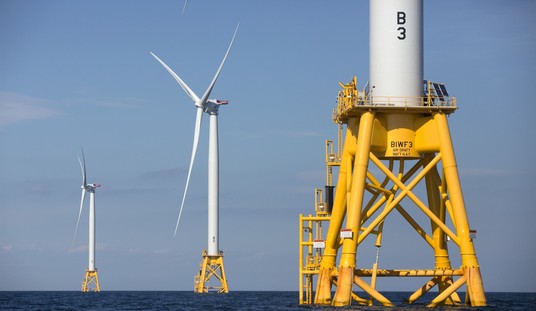As originally designed, the Marine Corps’ MV-22 Osprey tiltrotor transport was only lightly armed, with nothing more than an optional machine gun on the rear-facing loading ramp. Combat jets and helicopters were to make the airspace and landing zone safe for the Osprey to haul the Marines in.
ASIDE: I was a critic of the Osprey during its difficult (and sometimes deadly) development. But the proof is in the procurement requests, and now the Marines can’t get enough MV-22s. The Air Force wants more of the CV-22B special operations variant, too. And the Navy is lining up to get their hands on some Ospreys of their own for carrier onboard delivery service, and is studying three other variants for different combat missions. Foreign customers including India, Israel, Japan, and South Korea have all expressed interest or already inked purchase deals.
The Osprey had a rough shakedown period, but is now a reliable and oh-so-desirable platform.
If the the Osprey still has a major challenge it’s that the need for ground attack aircraft is increasing, while our ground-pounder force is shrinking (all combat wings), aging (everything prior to the F-22), or of unproven air-to-ground capability (the F-35).
The solution? Stick more guns and missiles and radios on that sumbitch.
Speaking at the Sea Air Space expo near Washington, D.C., Lt. Gen. Jon Davis named some systems that might end up on the Osprey as Marine officials work to build out all their aviation platforms for combat, surveillance and reconnaissance.
Among options being considered: the Switchblade Tactical Missile System, a “kamikaze” unmanned aerial vehicle that has been tossed out of the back of the aircraft in testing for precision target acquisition.
“We are making every one of our platforms a sensor, a sharer and a shooter,” Davis said. “We’re putting long-range communications and link compatibility on V-22s, we’ll put a sensor package on the V-22, and we will weaponize the V-22 as well. Why would you do that? You do that because you’re going to need those platforms as you fight your way from [the continental U.S.] to wherever you’ve got to go.”
Other systems used in experiments with the Osprey include the Viper Strike glide bomb, a laser-guided system with GPS capabilities, and the Griffin A aft-eject missile, he said.
“We’re looking at really the same kind of systems we’ve got up on our [AH-1] Cobras and UH-1Y [Venom] and also too on our C-130 [Hercules],” Davis said.
We discussed here recently about how networking is the ultimate force multiplier. If General Davis gets his wish for “making every one of our platforms a sensor, a sharer and a shooter,” then the Marines are about to become deadlier than ever.









Join the conversation as a VIP Member